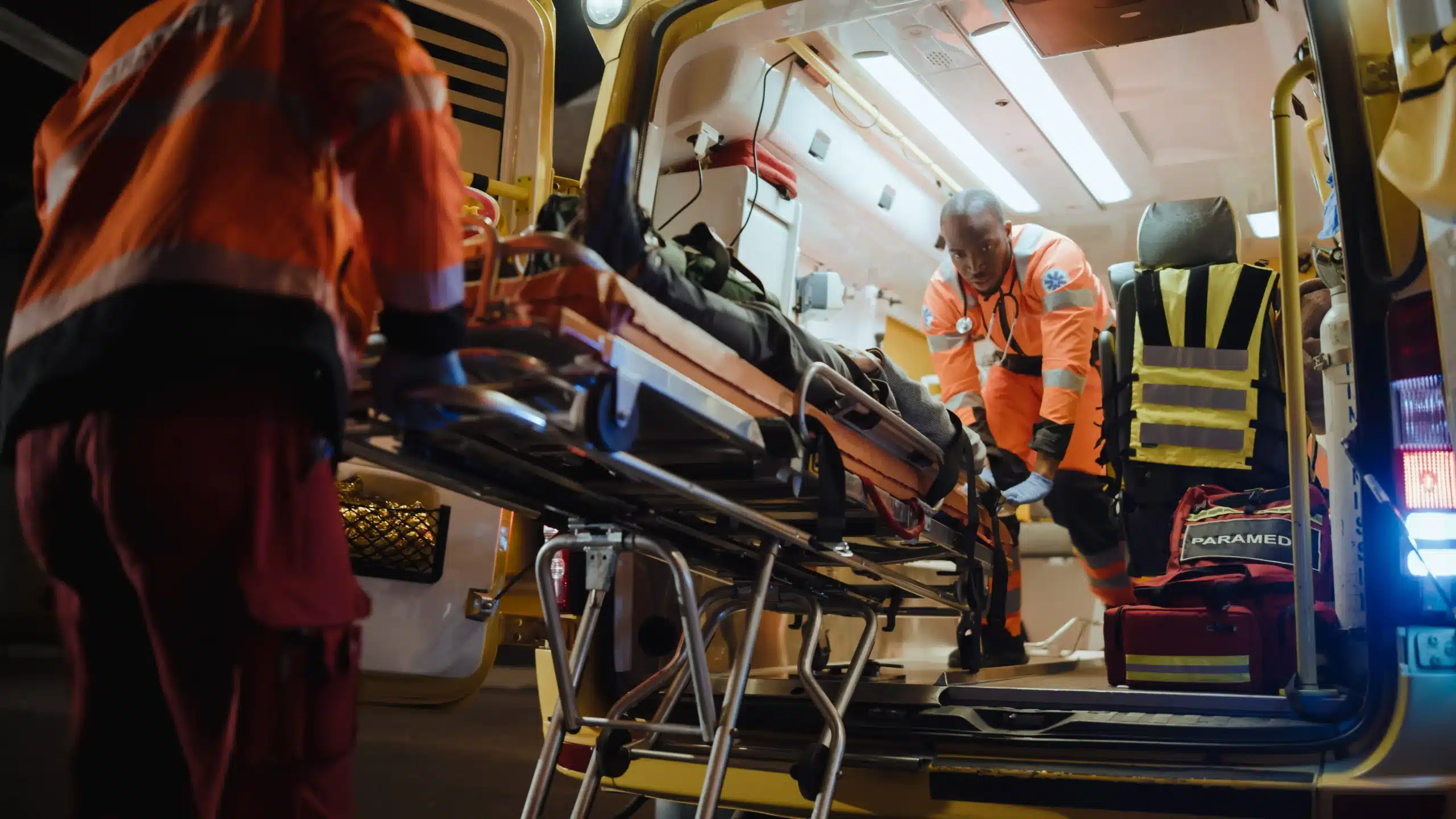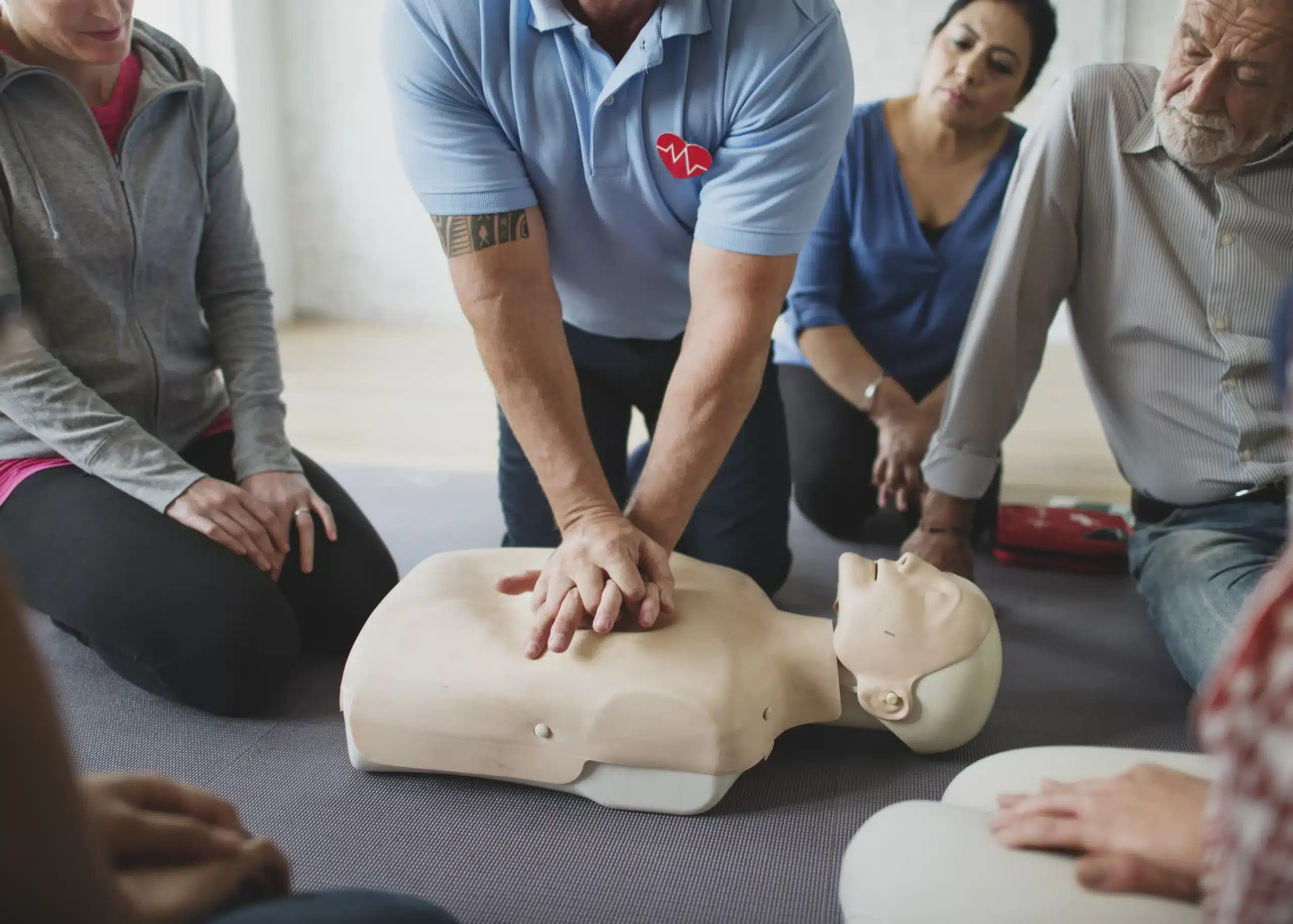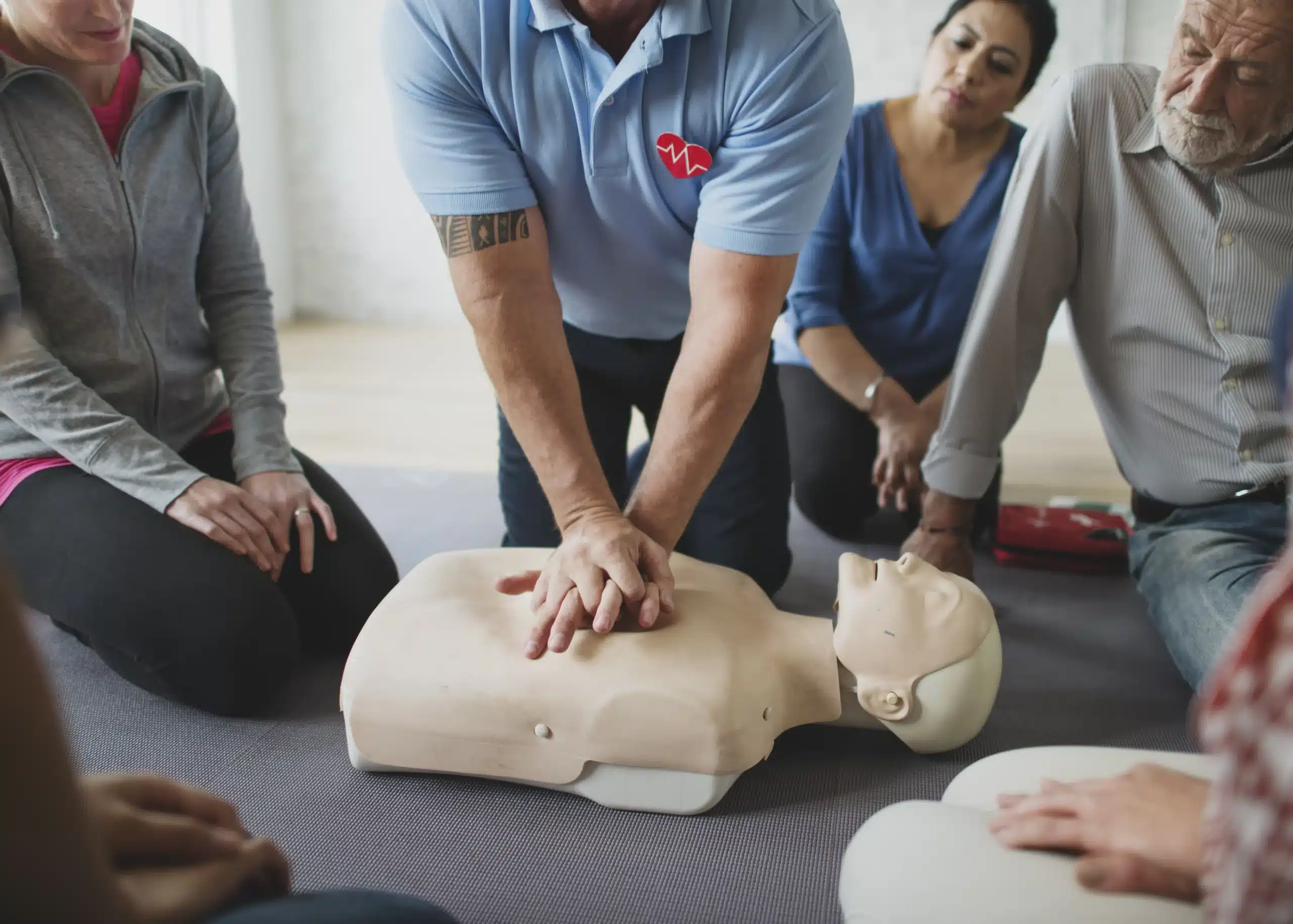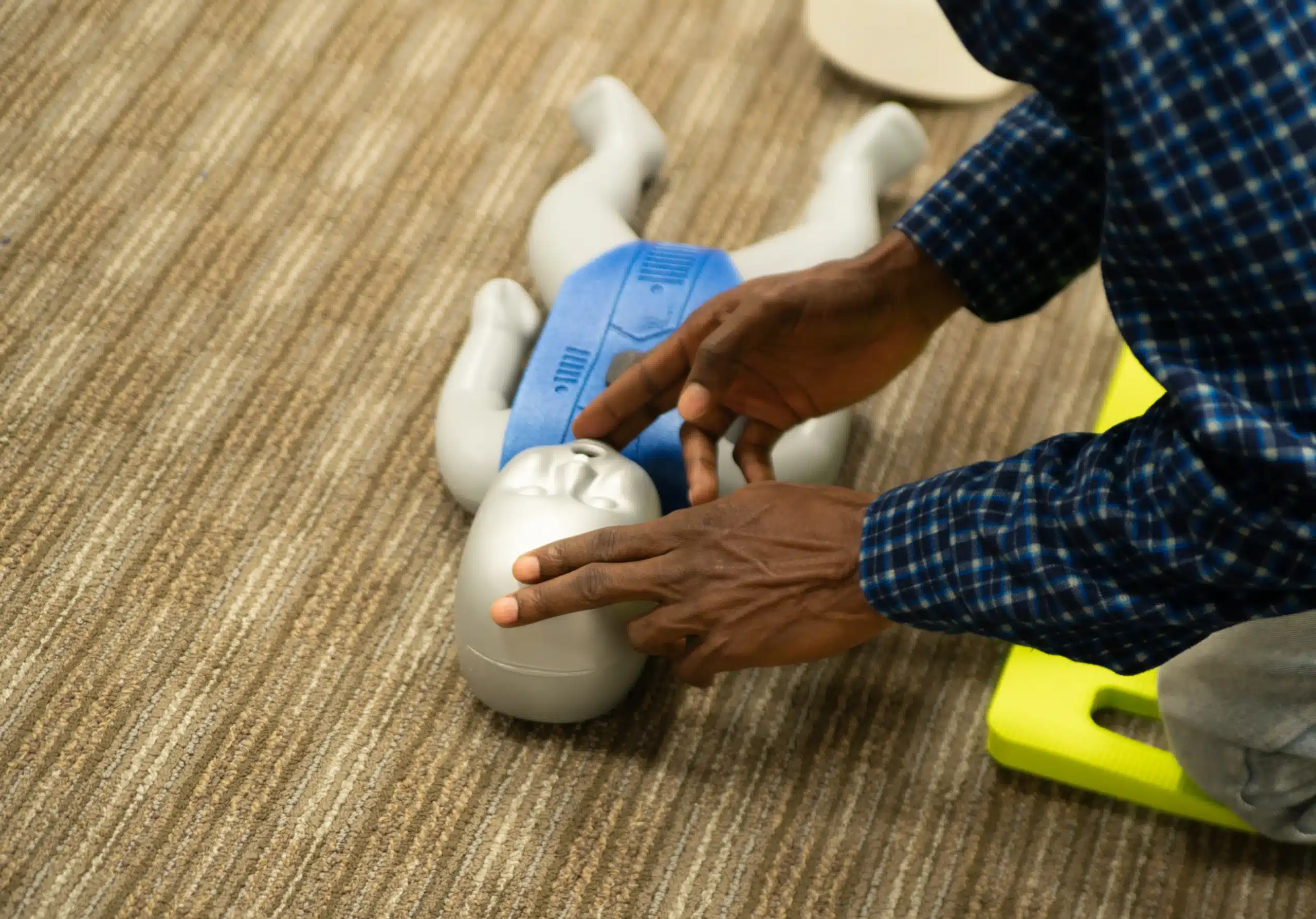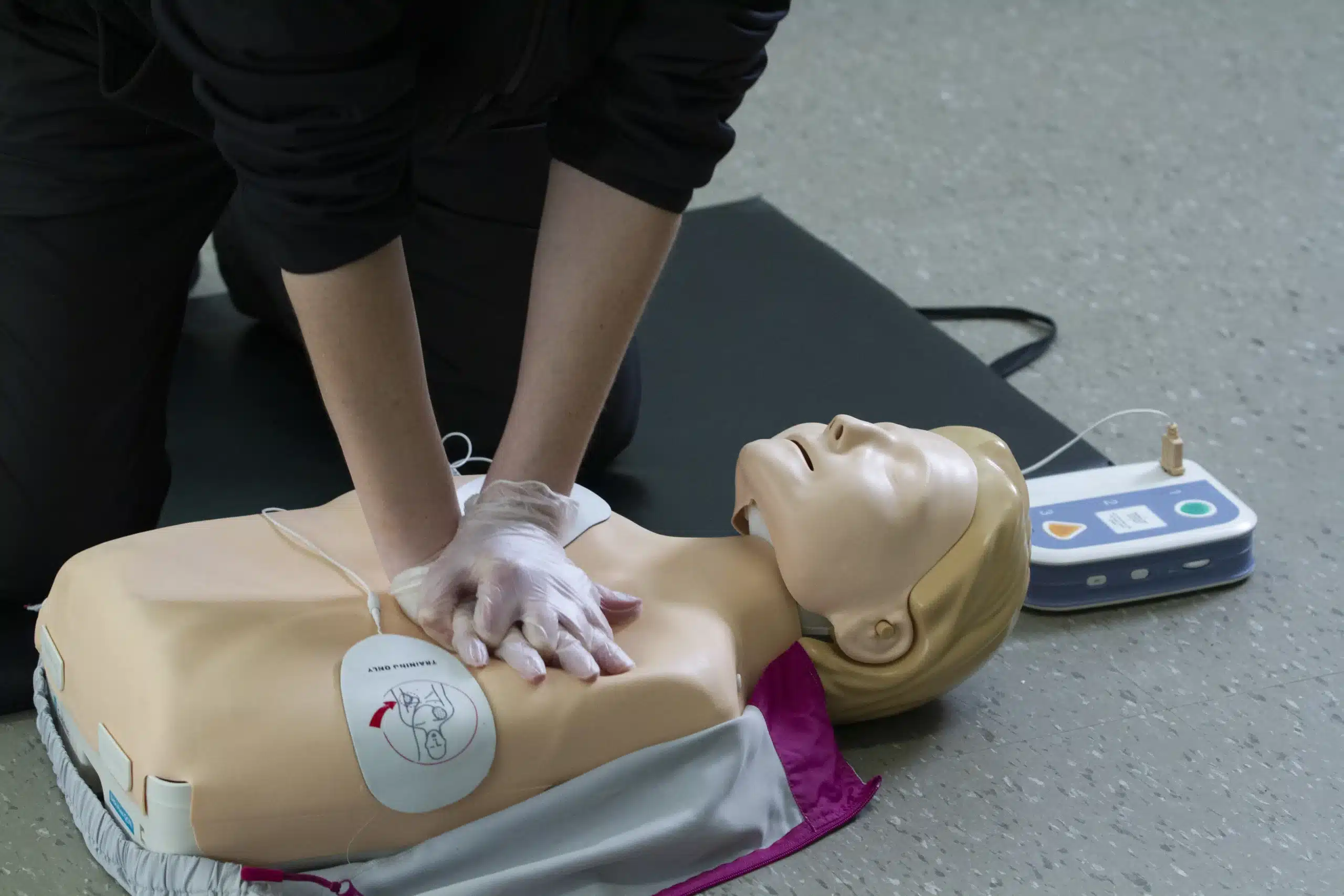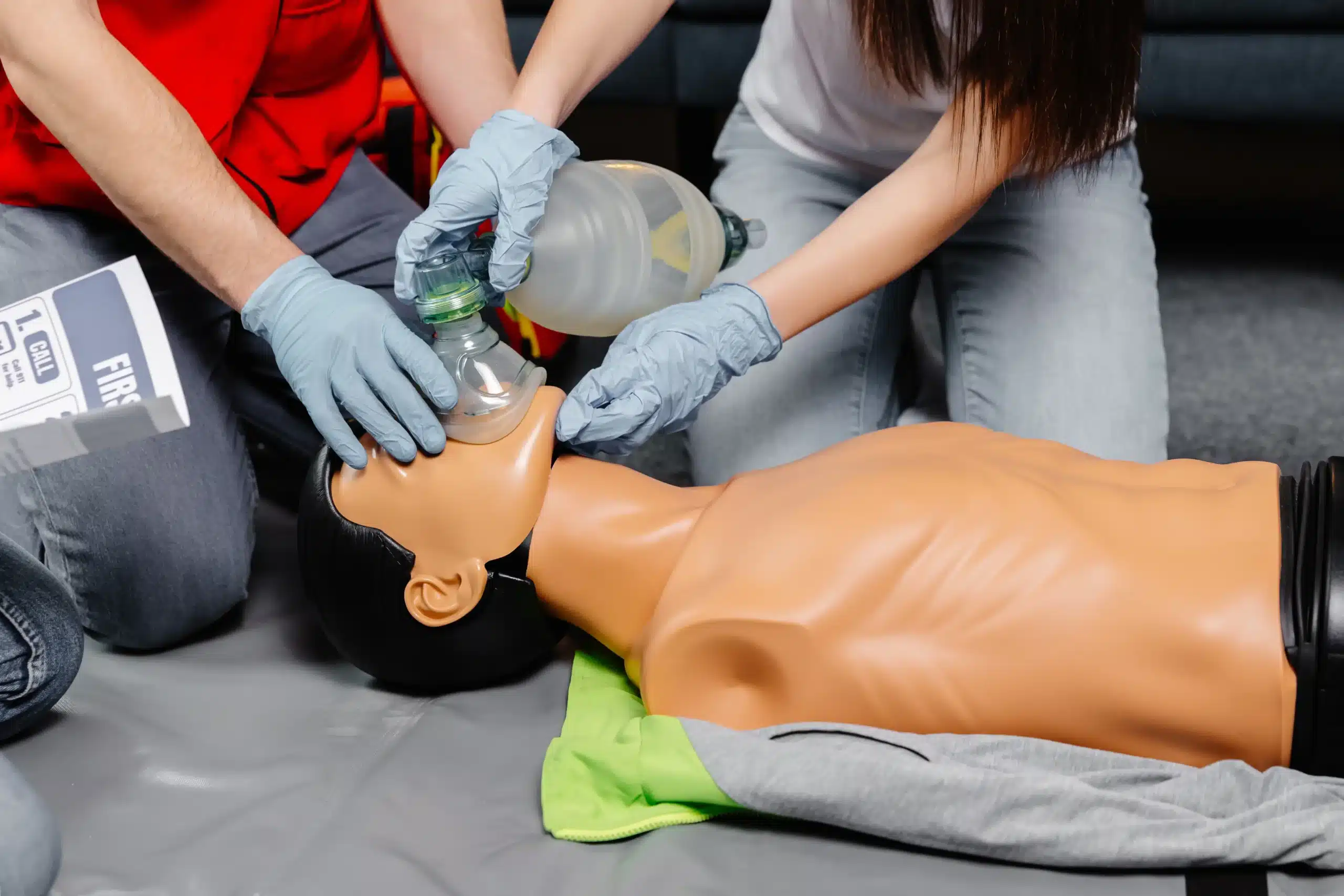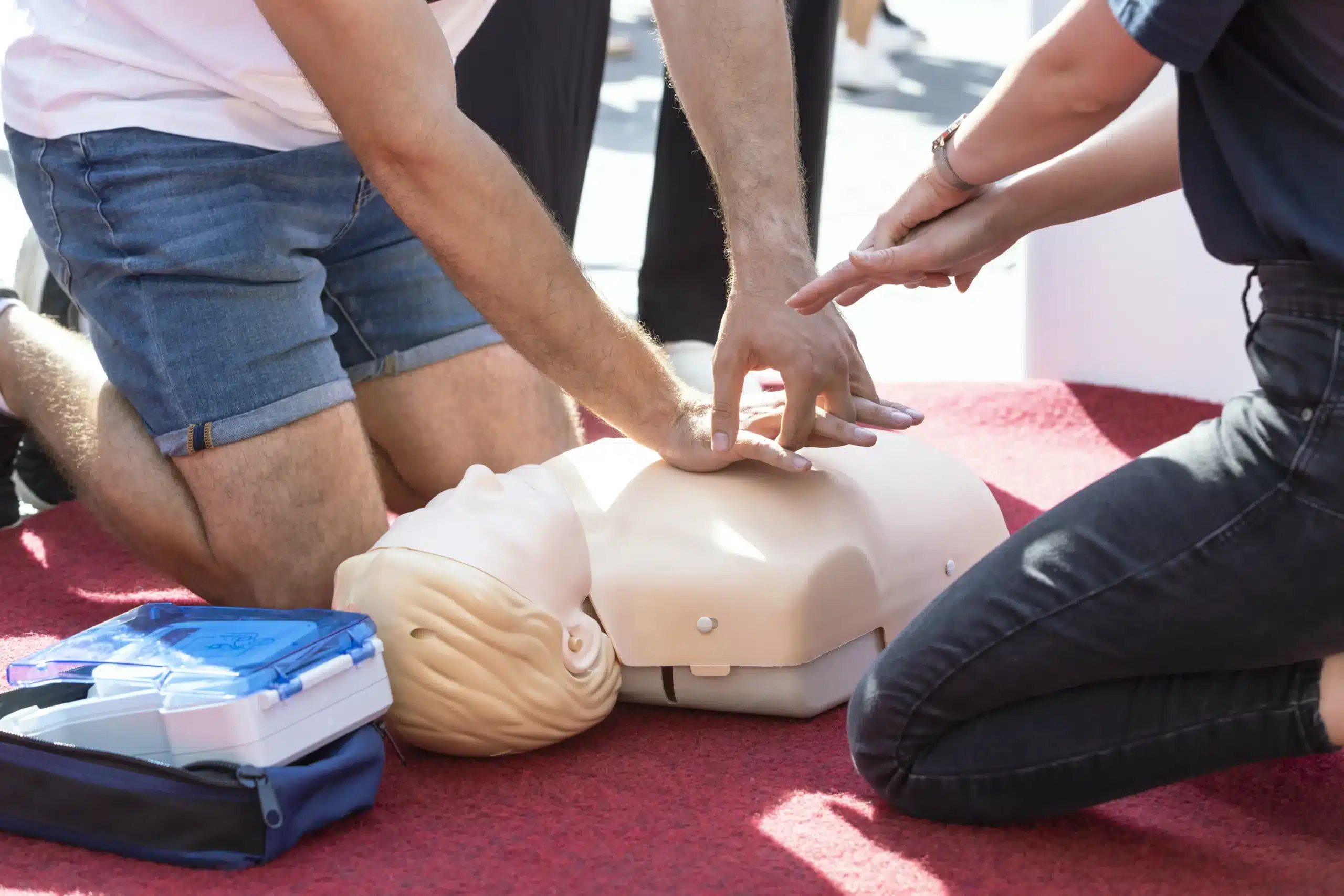Empowering yourself with life-saving skills is one of the most valuable things you can do. Basic Life Support (BLS) training equips you with the knowledge and confidence to respond effectively in medical emergencies. This guide covers everything you need to know about BLS, from what it is and why it’s important to how to find bls training near me and how to prepare for your course. We’ll explore the core components of BLS training, the benefits of certification, and common misconceptions about BLS. Let’s dive in and discover how BLS can empower you to make a difference.
Key Takeaways
- BLS training provides essential lifesaving skills: Learn CPR, AED use, and airway management to confidently respond to various medical emergencies. Find convenient in-person or online courses.
- BLS certification is for everyone: Regardless of your background, BLS training empowers you to assist in emergencies. Select a training provider that follows the latest AHA guidelines.
- Stay current with BLS best practices: Maintain your skills and knowledge through regular practice and recertification courses. This ensures you’re always prepared to provide effective assistance.
What is BLS Training & Why Do You Need It?
Knowing what to do in a medical emergency can make all the difference. Basic Life Support (BLS) training equips you with the skills to respond effectively and potentially save a life. This section covers the essentials of BLS training, what you’ll learn, and why it’s valuable.
What is Basic Life Support (BLS)?
BLS certification validates your ability to provide immediate care during life-threatening emergencies. It’s often a requirement for healthcare professionals and those in related fields. There are some common misconceptions about BLS certification, so it’s important to understand what it truly entails. BLS focuses on foundational skills needed to stabilize and support patients until more advanced medical help arrives.
What Will You Learn in BLS Training?
BLS training covers essential lifesaving techniques. You’ll learn how to perform high-quality CPR, including chest compressions and rescue breaths. The training covers these skills for adults, children, and infants. You’ll also learn how to use an automated external defibrillator (AED) to restore a normal heart rhythm. The course will cover basic airway management techniques to help someone who is choking or having difficulty breathing. BLS training also emphasizes team dynamics and effective communication during emergencies.
Why is BLS Important?
BLS training is crucial for anyone working in healthcare, but it’s a valuable skill for everyone. Knowing BLS can help in various emergencies, from heart attacks and strokes to choking incidents and near-drowning experiences. A rapid response can significantly improve outcomes in these situations. Whether you’re a medical professional, a childcare provider, or simply someone who wants to be prepared, BLS training empowers you to act quickly and confidently in a crisis. Consider taking a BLS course; it could make a world of difference.
Find BLS Training Near You
Finding the right BLS training program is easier than you think. Whether you prefer in-person learning or the flexibility of online courses, several reputable organizations offer comprehensive training. Let’s explore your options.
Where Can You Find Local BLS Training?
Start your search by checking with your local hospitals, community colleges, and organizations like the American Red Cross. For those in and around Campbell, San Jose, and Cupertino, California, Campbell CPR Classes offers a range of AHA-certified courses with a focus on excellent customer service and the lowest prices, backed by our Low Price Guarantee. We also offer discounted group classes. Don’t hesitate to reach out if you have questions.
Find BLS Courses Online
Online BLS courses offer a convenient way to learn at your own pace. Just remember that while online courses are great for refreshing your knowledge, hands-on skills practice is crucial for mastering BLS techniques. Look for blended learning options that combine online learning with in-person skills sessions. You can also explore online resources to stay updated on the latest BLS guidelines.
How to Choose a Training Provider
When selecting a BLS training provider, look for a program aligned with the latest American Heart Association guidelines. Hands-on learning and skills assessment are essential for developing the muscle memory and confidence you need to perform BLS effectively. Consider factors like instructor experience and class size to ensure you get the most out of your training.
Recommended BLS Training Providers
Several respected organizations offer high-quality BLS training programs:
American Heart Association (AHA)
The AHA sets the standard for BLS training and certification. Their courses emphasize high-quality CPR.
American Red Cross
The American Red Cross offers widely recognized BLS certification courses. Check with your local chapter for course availability.
National Safety Council (NSC)
The National Safety Council provides a variety of training programs, including BLS.
ProTrainings
ProTrainings offers online and in-person BLS courses, providing flexible learning options.
Health & Safety Institute (HSI)
The Health & Safety Institute (HSI) offers a range of BLS training options.
What Happens in a BLS Training Course?
Wondering what to expect in a BLS training course? It’s a blend of interactive learning and hands-on practice designed to equip you with the skills to respond confidently in medical emergencies. Let’s break down the key components.
How Long is BLS Training & How Long Does Certification Last?
BLS certification courses can often be completed in a single day, typically around 4.5 hours, depending on the format and whether local protocols are included. Your BLS certification is valid for two years. After that, you’ll need to take a recertification course to stay current with the latest guidelines and best practices.
Training Formats: In-Person, Online, and Blended Learning
You have options when it comes to BLS training. Many providers offer traditional in-person classes, which give you a structured learning environment with hands-on practice and direct interaction with instructors. If your schedule is tight, blended learning programs combine online coursework with in-person skills sessions, offering more flexibility. Campbell CPR Classes offers a variety of formats to fit your learning style and schedule. Contact us to learn more about our BLS course options.
Core Components of BLS Training
BLS training covers the essential skills needed to respond to life-threatening emergencies, including high-quality CPR for adults, children, and infants. You’ll learn how to use an automated external defibrillator (AED) and how to relieve airway obstructions. Beyond these core skills, the course emphasizes critical thinking and problem-solving to help you assess and manage emergency situations effectively.
Get Certified & Renew Your Certification
Once you’ve completed your BLS training and passed the required assessments, you’ll receive your certification. Remember, this certification is valid for two years. As your certification nears its expiration date, look into recertification courses. These refresher courses are typically shorter than the initial training and focus on reinforcing your skills and updating you on any changes in BLS guidelines. We offer convenient recertification courses to help you maintain your credentials. Contact us to find a recertification course that fits your needs.
Benefits of BLS Certification
BLS certification offers several personal and professional advantages. Whether you’re a healthcare professional or simply want to be prepared for emergencies, BLS training equips you with essential skills and knowledge.
Advance Your Career with BLS
BLS certification is often a prerequisite for many healthcare jobs and other related fields. It shows employers you’re prepared to handle medical emergencies. This certification can create more job opportunities and enhance your career prospects. Even if it’s not required, BLS certification demonstrates your commitment to patient safety and provides a competitive edge. It can also be a stepping stone to advanced certifications like ACLS (Advanced Cardiovascular Life Support) and PALS (Pediatric Advanced Life Support), further advancing your career.
Build Confidence in Emergencies
Knowing how to respond effectively in a crisis reduces panic and improves your ability to think clearly under pressure. BLS training provides the knowledge and hands-on practice you need to respond confidently during medical emergencies. This confidence extends beyond the workplace, empowering you to assist family, friends, or even strangers. Regularly practicing and renewing your certification maintains this confidence and ensures you’re always prepared.
Save Lives with BLS
BLS skills are fundamental to providing immediate care during life-threatening events like cardiac arrest or choking. BLS training teaches you how to perform CPR, use an AED, and provide other life-saving interventions. These skills can make a real difference, increasing the chances of survival. By becoming BLS certified, you become a vital link in the chain of survival, potentially saving lives in your community.
Prepare for Your BLS Training
Getting ready for your BLS training doesn’t require a medical degree. It’s designed to equip anyone who wants to help in a medical emergency. Here’s what you need to know before your class:
Prerequisites & Eligibility
BLS training is valuable in many emergencies. Some people think it’s only for healthcare professionals, but that isn’t true. Anyone can—and should—learn BLS. Whether you’re a parent, teacher, coach, or simply someone who wants to be prepared, BLS training is for you. There are no prerequisites for taking a BLS course.
Study Materials & How to Prepare
One of the best ways to prepare for your BLS class is to review any pre-course materials your instructor provides. This might include a student manual, videos, or online resources. Familiarizing yourself with the material beforehand will help you get the most out of your class time. You can also find helpful resources online, such as videos demonstrating CPR techniques and the latest BLS guidelines.
Tips for BLS Training Success
During your BLS training, actively participate in practice scenarios and ask questions. Hands-on practice is key to mastering the skills. After your class, regularly practice your BLS skills to maintain proficiency. You can practice with friends or family members, or even use a CPR manikin. Utilize online resources to stay updated with the latest guidelines and techniques.
Common Misconceptions About BLS Training
One common myth is that BLS certification is only for doctors and nurses. This isn’t the case. BLS training is beneficial for anyone who wants to learn how to respond to medical emergencies. Another misconception is that once you obtain BLS certification, you’re set for life. BLS guidelines and best practices are updated regularly, so recertification is essential to maintain your skills and knowledge. Check with your certifying organization for recertification requirements. At Campbell CPR Classes, we offer a variety of courses, including BLS certification and renewal, to help you stay up-to-date. Contact us today to learn more.
Related Articles
- Your Guide to BLS Classes in San Jose – Campbell CPR Classes
- BLS Certification in Cupertino for Healthcare Providers – Campbell CPR Classes
- BLS in San Jose: Your Certification Guide – Campbell CPR Classes
- BLS Courses San Jose: Your Complete Guide – Campbell CPR Classes
- BLS Certification in Cupertino: A Complete Guide
Frequently Asked Questions
Is BLS certification only for healthcare professionals? Not at all! While it’s often a requirement for healthcare providers, BLS certification is valuable for anyone who wants to be prepared for a medical emergency. Parents, teachers, coaches, and anyone interested in learning lifesaving skills can benefit from BLS training.
What’s the difference between online and in-person BLS training? Online BLS courses offer flexibility, allowing you to learn at your own pace. However, in-person classes provide hands-on practice and direct interaction with instructors, which is crucial for mastering BLS skills. Blended learning combines the benefits of both formats.
How long does BLS certification last, and how do I renew it? BLS certification is typically valid for two years. To renew your certification, you’ll need to take a recertification course. These courses are usually shorter than the initial training and focus on reinforcing your skills and updating you on any changes in guidelines.
What if I’m nervous about performing CPR in a real emergency? It’s completely normal to feel apprehensive. BLS training emphasizes building confidence through practice scenarios and interactive learning. The more you practice, the more confident you’ll become in your ability to respond effectively.
How can I find BLS training near me? You can find BLS training through various organizations, including local hospitals, community colleges, and the American Red Cross. You can also search online for certified training centers in your area. For those in or around Campbell, California, Campbell CPR Classes offers a range of AHA-certified courses.


